Common Dimensional Deviation Issues in Industrial Piping Tee Installation
2025-06-26 18:56:06
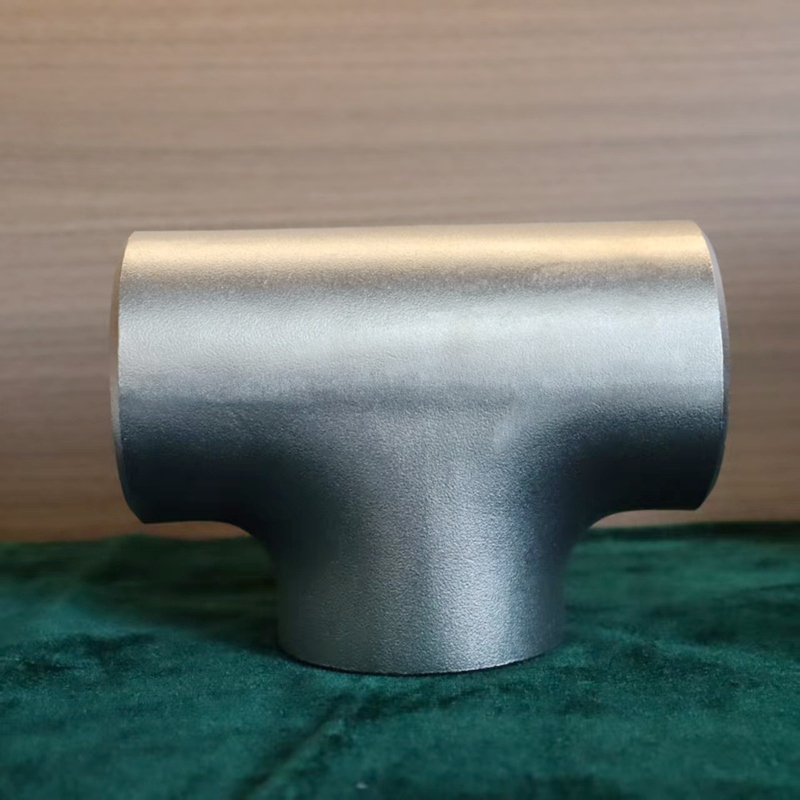
Common Dimensional Deviation Issues in Industrial Piping Tee Installation
In industrial piping systems, the installation of tees (T-fittings) must meet strict dimensional and alignment standards to ensure proper function, tightness, and structural integrity. However, dimensional deviations during fabrication or installation are common and can lead to significant issues if not addressed.
1. Branch Outlet Misalignment
The most frequent issue is misalignment between the branch outlet and the main run of the pipe. If the branch is not perpendicular or centered correctly, it can cause connection difficulties or uneven stress distribution.
2. End-to-End Length Deviation
The actual length of the tee fitting may differ from the design specification, either being too short or too long. This can lead to problems with pipe fit-up, requiring field modification or causing stress at adjoining joints.
3. Wall Thickness Variation
Inconsistent wall thickness between the main run and the branch, or between the tee and adjoining pipes, can lead to weak spots, welding complications, or poor pressure performance.
4. Bore Diameter Mismatch
Deviation in the inner diameter of the tee versus the connected pipes can cause turbulence, flow restriction, or leakage. This is especially critical in high-flow or high-pressure systems.
5. Ovality and Roundness Errors
Tee ends may become oval during manufacturing or transport, which complicates alignment and sealing during welding or flange connections. Poor roundness also affects the accuracy of prefabrication.
6. Center-to-End Dimension Errors
Incorrect center-to-end distances (especially in reducing tees) lead to difficulties in layout and routing, resulting in additional cuts or misaligned spools.
7. Angular Deviation of Branch Connection
Sometimes the branch outlet deviates slightly from the intended 90° angle. This misalignment can cause strain during connection and affect the overall geometry of the piping system.
8. Out-of-Plane Twisting
In tees, especially in large-diameter or fabricated units, twisting may occur where the branch is not aligned within the same plane as the pipe axis. This complicates installation and may require force-fit or rework.
9. Weld Bevel Irregularities
Improper or uneven beveling at the ends of the tee can cause poor weld fit-up and compromise joint strength or sealing.
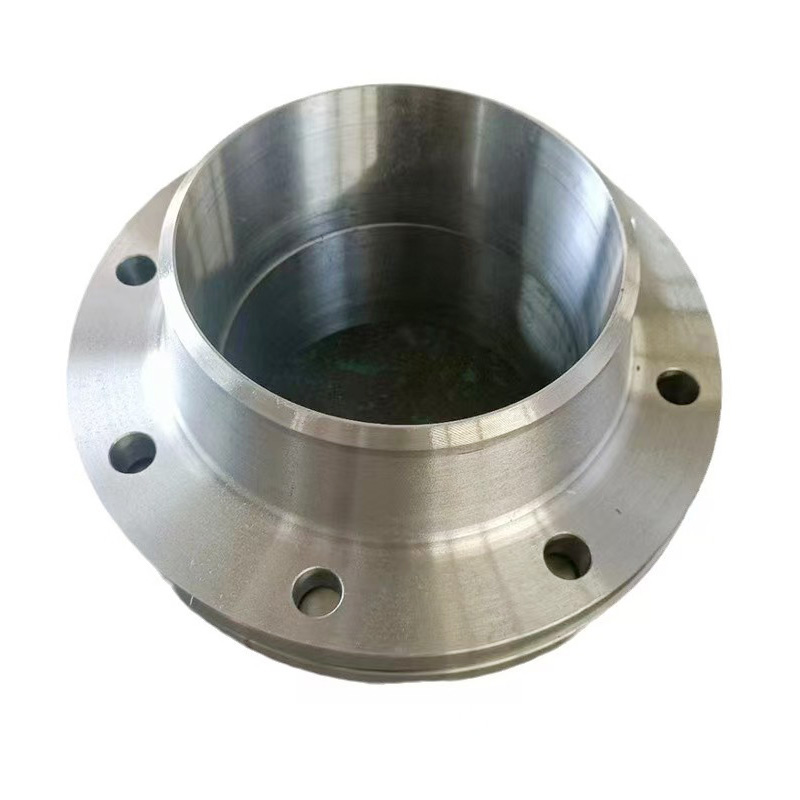
AWeld Neck Flange (WN Flange)is a type of piping flange designed to be welded to a pipe or ...
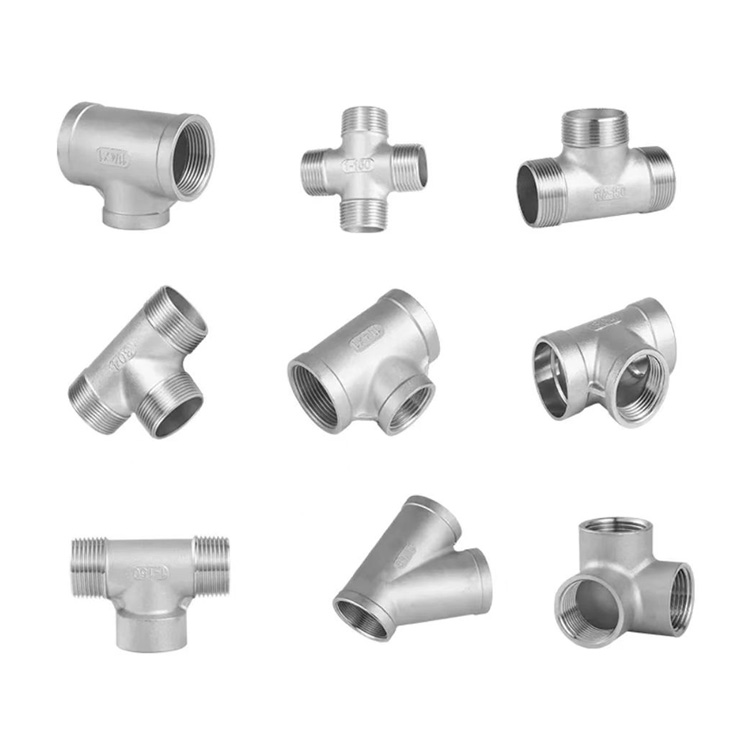
Socket fittings are essential components in piping systems, designed to connect, branch, or...
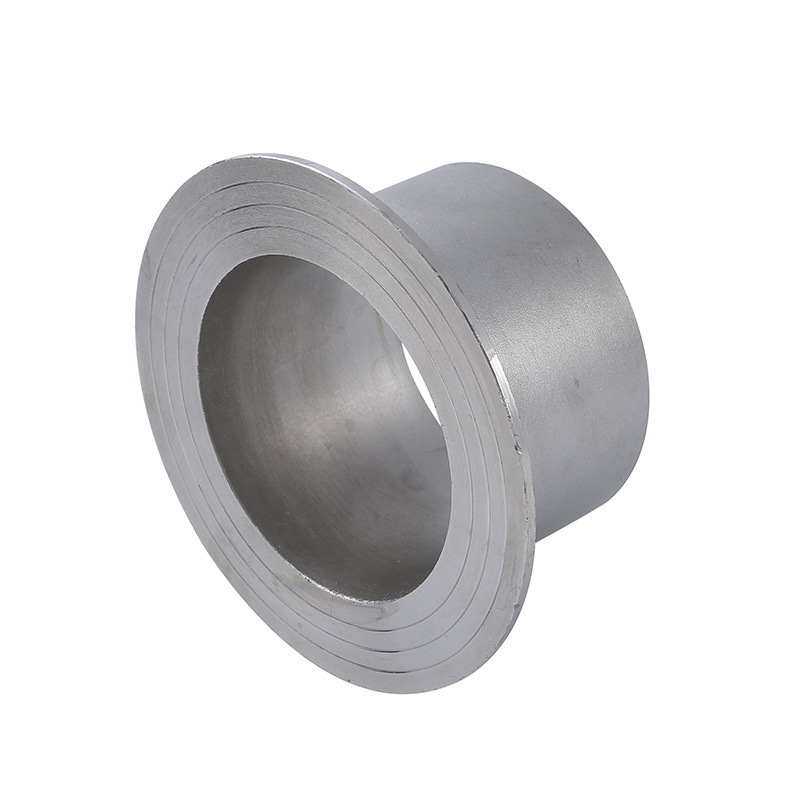
Welding ring is a commonly used metal ring component in pipeline connection or equipment do...
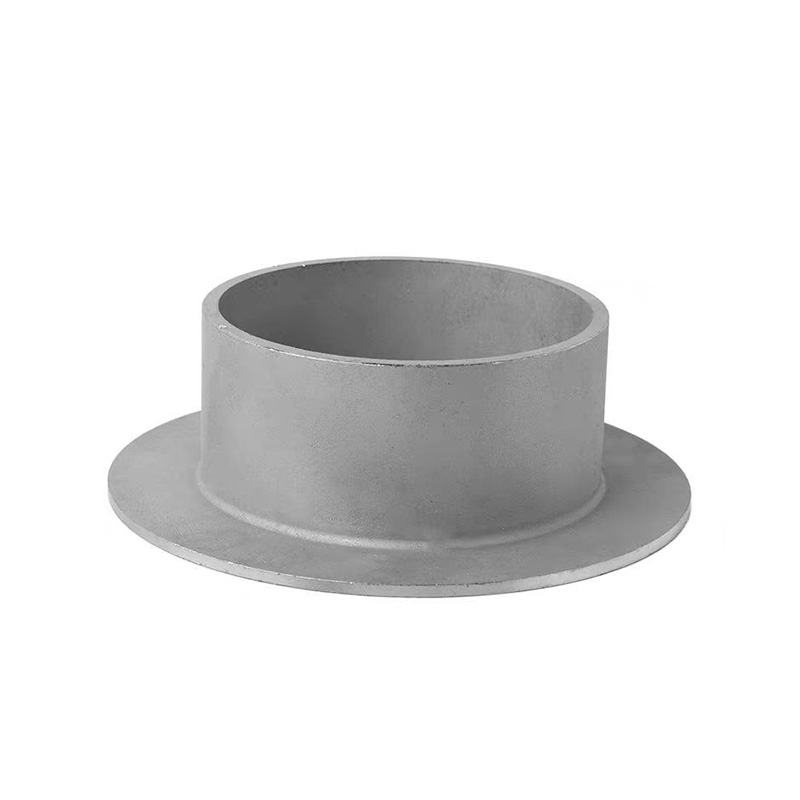
Welding ring is a pipe fitting used for pipeline connection. The following is its detailed ...






